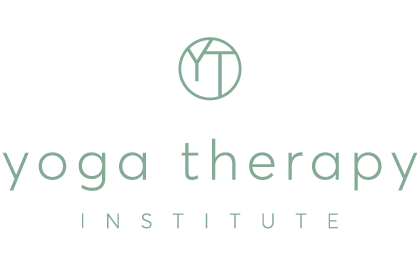Estimated reading time: 3 minutes
Oxford Advanced Learners Dictionary makes it sound simple by defining pain as: the feelings that you have in your body when you have been hurt or when you are ill/sick. However, according to Pain Australia, “pain is the most common reason that people seek medical help—yet it remains one of the most neglected and misunderstood areas of healthcare”.
For instance, chronic pain from musculoskeletal issues and stressed emotions share neural circuitry. On the other hand, there is also a connection between chronic pain, anxiety, depression and trauma. Furthermore, pain intensity, site and quality are not accurate indicators of tissue damage or health. Research indicates, that when the true nature of pain is understood, we are more able to focus on re-training our brains so as to reduce the negative pain feedback loop as opposed to ‘simply’ repairing tissue or using pain killers.
If someone close to you is living with chronic pain, you may recognise that their tissues are less tolerant of mechanical loading and their protective systems are sensitised. However, appropriate physical practices can be key to progress.
How is an understanding of the complexity of pain relevant to Yoga therapy?
Firstly, knowing that pain is affected by a range of variables gives us the ability to influence it in some way. We recognise that Yoga therapy practices can intervene on different levels and that through addressing one level, all the interconnected mayams or kosas are affected. For instance, asana combined with correct breathing and relaxation techniques may not necessarily target tissue repair, but instead help lay down new samskara-s and understanding around the complexity of pain.
In turn, clients who feel supported and understood, may experience less pain and be less medication dependent, so we can also have faith in the value of the therapeutic relationship and Yoga therapy itself as a modality for working with chronic pain.
Establishing SMART goals and building self-efficacy are powerful pain shields and as Yoga therapists, we constantly seek our student’s feedback and their empowerment through the practice.
Finally, and crucially, when working with acute pain, we opt for rest and restorative practices of self-study, breath work, client-meaningful uplifting visualisations and mantras.
We are in a field where tradition and scientific research meet, which makes our commitment to ongoing, lifelong learning so important for the individuals we work with and our professional in general.
If you are interested in learning more about how to assist your students and clients experiencing pain, see our workshop:
Yoga for pain workshop with Marlysa Sullivan
References
- www.painaustralia.org.au
- Pearson N, Pearson L and Byron R, (2019) Pain and Yoga Therapy: Part 1 YTT IAYT, AR, USA
- Yoga, Physical Therapy, or Education for Chronic Low Back Pain. Ann Intern Med. 2017;167:I–20. [Epub ahead of print 20 June 2017]. doi: https://doi.org/10.7326/P17-9039
